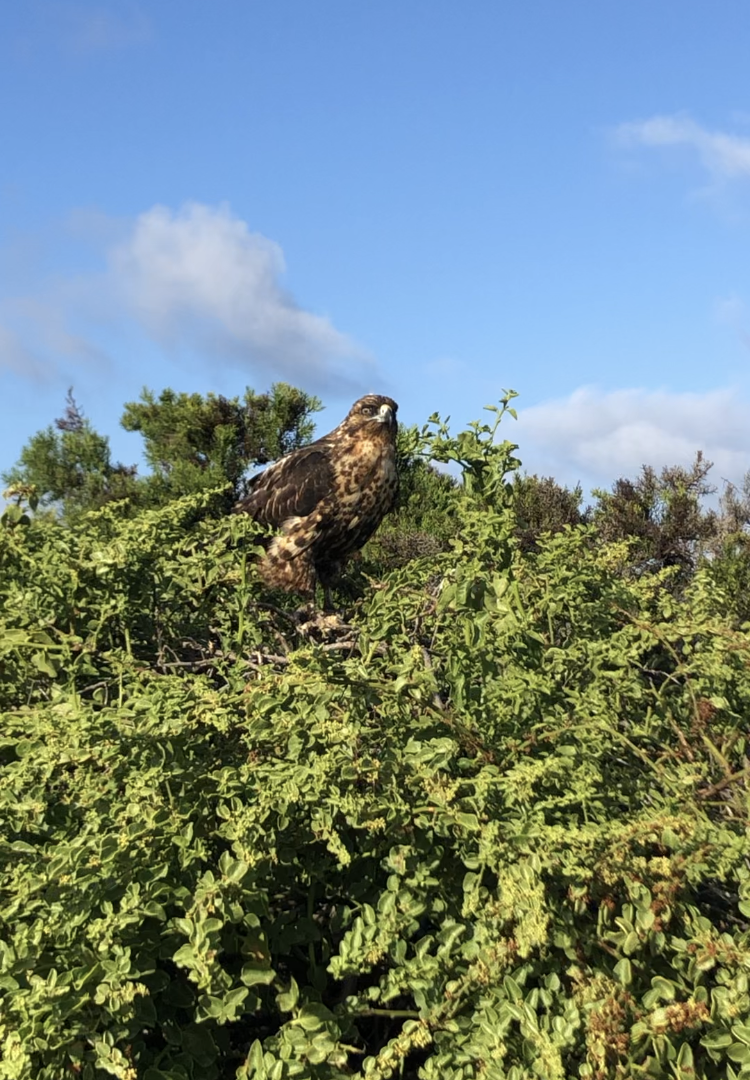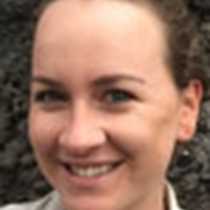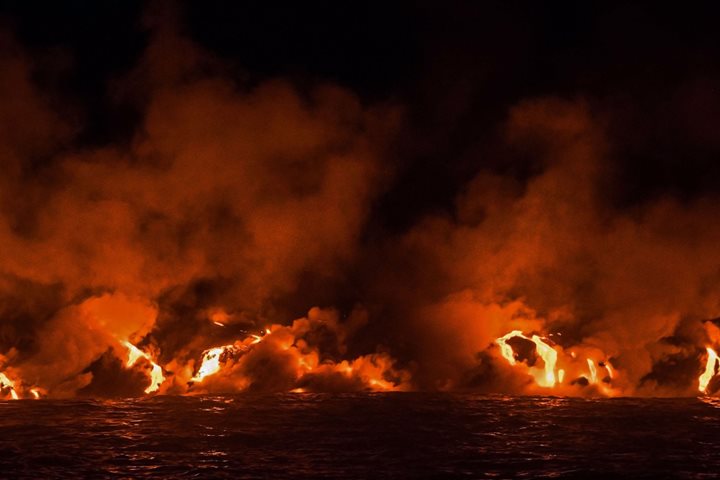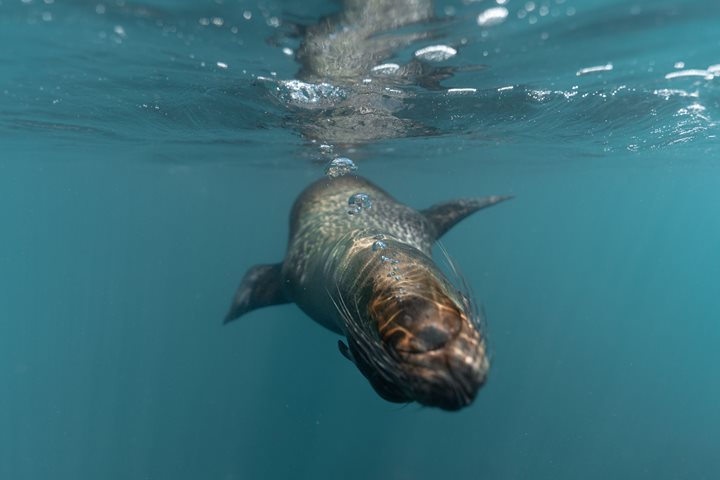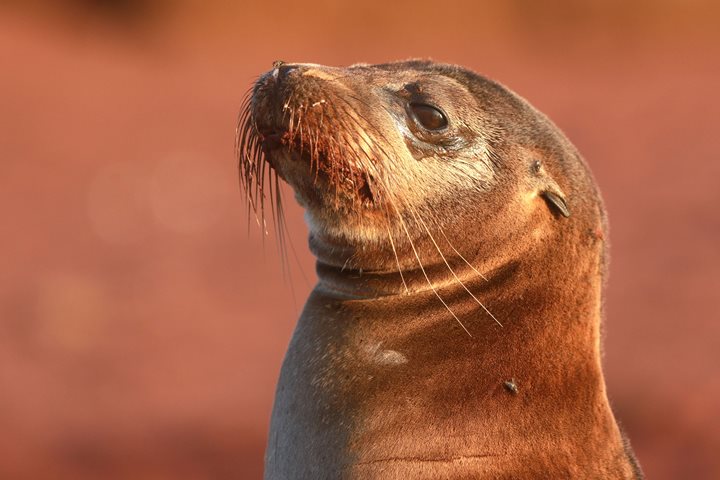Today National Geographic Islander is anchored in Plazas Island, this little rock holds a lot of unique vegetation and very special wildlife. We started the day with a morning hike on South Plazas where we saw marine and land iguanas very close to each other, many baby sea lions along the shore, and we were also able to observe amazing seabirds in flight. We followed this with some water activities – guests had the option of kayaking, paddleboarding, or Zodiac ride activities. Afterward, we explored Santa Fe where we saw more land iguanas and giant cacti.
- Daily Expedition Reports
- 06 Dec 2018
Plazas Island and Santa Fe Island, 12/6/2018, National Geographic Islander
- Aboard the National Geographic Islander
- Galápagos
Ixora Berdonces, Naturalist
Ixora was born in the Galapagos Islands, back when the streets were made of sand and gravel. Void of TV and tablets, her childhood friends and pristine natural surroundings made for an inspiring upbringing. She was always drawn to the ocean and her l...
Read MoreAshley Karitis, Assistant Expedition Leader
Ashley was raised in Central Oregon where she spent her childhood ski racing, riding horses, playing classical piano, and working summer jobs on a dude ranch. She then attended the School of Cinematic Arts at the University of Southern California in ...
Read MoreShare Report
Related Reports
11/23/2022
Read
National Geographic Islander II
Isabela and Fernandina
Our day began with the chance to point out a lot of interesting geological features as we enjoyed Zodiac tours along a massive flank of Ecuador Volcano on Punta Vicente Roca. In the afternoon, we took a sunny walk on Punta Espinoza on Fernandina Island. We spotted many iguanas, and a bunch of sea lions hanging around, too.
11/22/2022
Read
National Geographic Islander II
North Seymour & Rabida Islands
Relatively small and low compared to neighboring Santa Cruz, North Seymour is located to the north of Baltra. The island is dry with predominantly low shrubs, like prickly pear cacti. The incense trees are bare during the dry season. Seabirds like frigatebirds and blue-footed boobies nest on the island, and sea lions rest on the sand when they are not fishing. Land and marine iguanas also live here. Rabida is in the middle of the archipelago and has a striking red sand beach. We observed a small colony of sea lions of all ages resting or nursing. Behind the beach, American flamingos nest in a brackish lagoon. This island is full of contrasts and wildlife that we enjoyed observing during this day of expedition.

